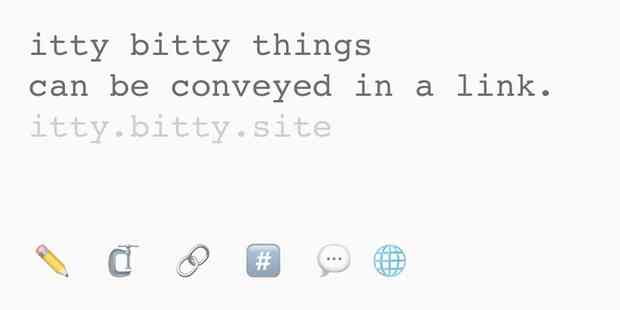-
-
-
-
-
-
I’ve made you an itty bitty experiment just in time for independence day–
a tool to create websites contained within their own link.
🌐 http://about.bitty.site - a brief summary
⚙️ http://how.bitty.site - how it works
What might you make with it?
🇺🇸 http://independence.bitty.site
-
Portland, Oregon • Tue, July 3, 2018 4:43pm
-
-
This is what powers https://pat.today
-
If you’re looking for an alternative, I strongly recommend Overland (https://Overland.p3k.io) by @aaronpk—tho you will need your own backend (which is a selling point IMHO)
-
-
-
Great news! @CathieLeBlanc has joined us as a leader and organizer for #IWC NYC. If you are interested in #IndieWeb and live in or around the Cit….stay tuned!!!
Also on: https://is.gd/ivBJIk -
-
Recaps from the 8th annual IndieWeb Summit, Indigenous and Aperture open to the public, and announcing IndieWebCamp Berlin 2018. It's your ~10min update on the #IndieWeb community!
This Week in the IndieWeb audio edition for June 23rd - 29th, 2018.
https://martymcgui.re/2018/07/02/233758/
